Ever felt like your muscles were hosting a riot after workout day? You’re not alone! Welcome to the world of sports recovery, where your body is constantly throwing a “flammable party,” and it’s up to you to bring the peace. It’s like dealing with the worst hangover, but instead of regretting those extra shots, you’re regretting that extra mile. In this comprehensive guide, we’ll navigate the choppy waters of inflammation with the ease of a seasoned sailor, and guess what? You’ll be the captain steering towards the serene shores of recovery!
Before we dive into the meat of the matter—or should I say, the veggies?—let’s get a humorous grasp on why treating inflammation with diet isn’t just another health fad. It’s your body’s VIP ticket to a faster, stronger recovery. Think of anti-inflammatory foods as your body’s personal team of medics, but instead of ambulances, they ride on the wings of antioxidants and vitamins.
The Science of Inflammation and Sports Recovery
“Inflammation” sounds like a term that should have stayed in your high school biology textbook, doesn’t it? But here it is, showing up during your workouts like an uninvited guest who loves to crash the party. Simply put, inflammation is your body’s natural response to injury or damage—like what happens to your muscles after a Hulk-smash session at the gym. It’s basically your body sounding the alarm bells and sending in the repair crew.
But here’s the twist: while acute inflammation is like a quick visit from the repair team, chronic inflammation is the annoying relative who moves in indefinitely. It’s this type of inflammation that can lead to bigger problems, making your recovery slower and more painful. It’s like turning a simple plumbing issue into a full-blown, house-flooding saga.
“Why did the immune system go to school?” you ask. Well, to become an ‘inflammation’ specialist! Jokes aside, managing inflammation through diet isn’t just about quelling those fiery flames inside you. It’s about optimizing recovery, enhancing performance, and ensuring that your body isn’t just recovering, but thriving.
Now, imagine your diet as a toolkit. Every anti-inflammatory food item is a tool designed specifically to soothe, repair, and rebuild your inflamed tissues. These tools aren’t just effective; they’re delicious too! From the deep, oceanic flavors of fatty fish packed with omega-3s to the earthy, comforting embrace of turmeric in your post-workout smoothie, these foods are the unsung heroes of your diet. They don’t just fight inflammation; they throw a counter-party that rocks your body back to health.
As we saunter down this buffet of recovery, remember, it’s not just about eating right; it’s about making peace with your body. Each meal is a peace treaty, and every snack is a white flag to those inflammatory processes that rage after a tough workout.
Ready to meet your dietary defenders? Stay tuned as we uncover the top anti-inflammatory foods that will not only tickle your taste buds but will also send your inflammatory woes packing. Prepare for puns, recipes, and dietary tips that are so engaging, even your inflamed muscles will want to read along!
Top Anti-Inflammatory Foods
1. Omega-3 Superstars: Fatty Fish “Go fish” takes on new meaning when we’re talking about salmon, mackerel, and sardines. These fish don’t just swim—they soar when it comes to their omega-3 fatty acids content. Consuming these sleek swimmers a couple of times a week can help reduce inflammation and support muscle recovery. Imagine a salmon, swimming upstream your bloodstream, fighting off inflammation like a tiny superhero. It’s not only a great visual but also a tasty addition to your recovery diet!
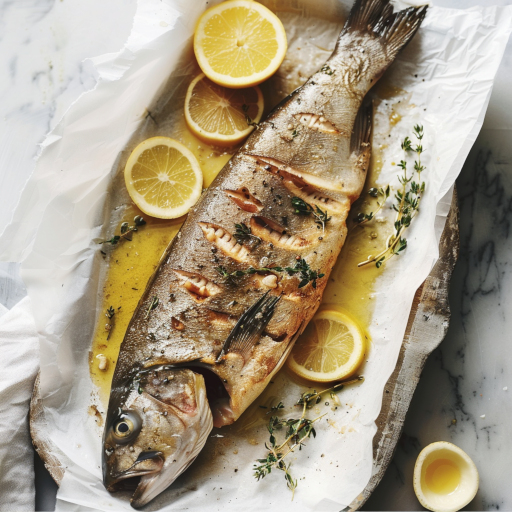
2. The Spice of Life: Turmeric This vibrant spice is not just for coloring curries yellow. It contains curcumin, a compound famed for its anti-inflammatory powers. Think of turmeric as the “spice ninja” of your pantry, stealthily combating inflammation without you even noticing. A spoonful in your post-workout shake or a sprinkle in your soup can turn your meal into an inflammation-fighting powerhouse. And remember, always invite black pepper to the party; it brings out the best in turmeric!
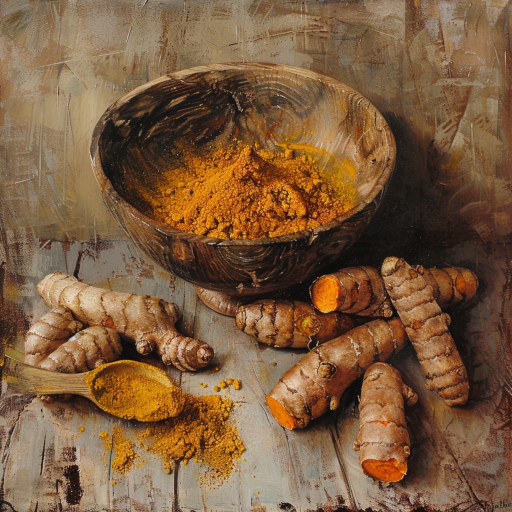
3. Berries All the Way Strawberries, blueberries, raspberries—these are not just summer treats but are jewels in the crown of anti-inflammatory foods. Packed with antioxidants, vitamins, and a whole lot of flavor, berries can reduce muscle soreness and inflammation. Imagine throwing a handful of these into a blender; not only does your smoothie look like a piece of art, but it also works like an internal ice pack, soothing your inflamed tissues.
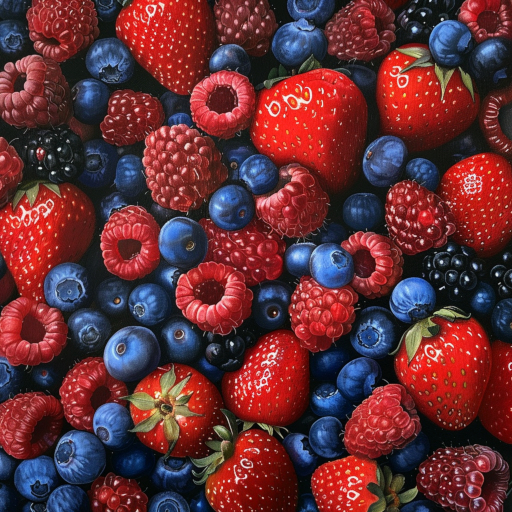
4. Leafy Greens: More than Just Rabbit Food Spinach, kale, and Swiss chard are like the “leafy green dream team” of recovery. They’re packed with vitamins and minerals that help the body’s natural inflammation-fighting capabilities. Eating them is like sending in a cleanup crew after a house party—efficient and necessary!
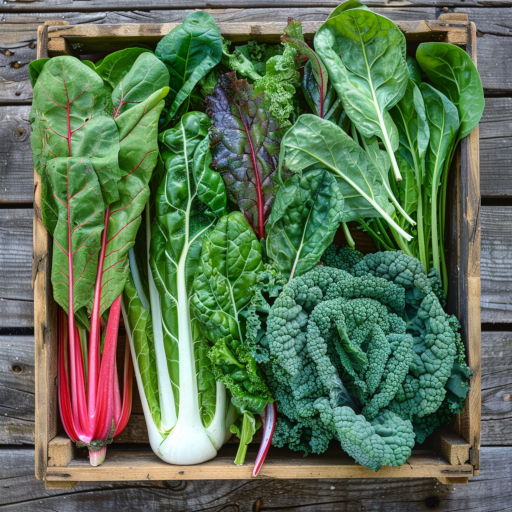
5. Nuts about Nuts Almonds, walnuts, and even pecans aren’t just for pies or squirrel diets. They contain loads of healthy fats and vitamin E, which help manage inflammation. Imagine each nut as a little agent equipped with tiny tools, tightening bolts and oiling hinges to keep your body running smoothly.
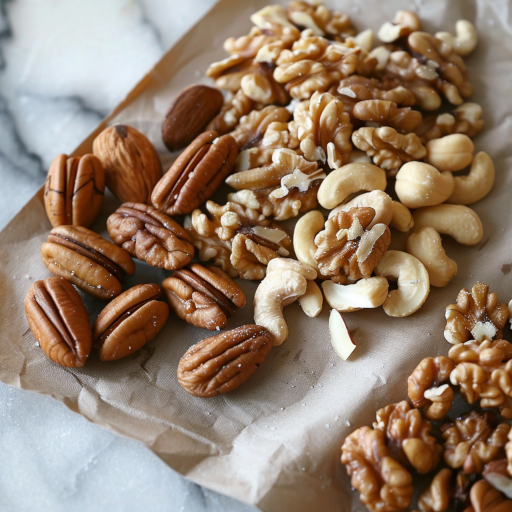
6. Olive Oil – The Smooth Operator Extra virgin olive oil is like the secret agent of your pantry, working undercover to fight inflammation. Rich in oleocanthal, it mimics the effects of ibuprofen in reducing inflammation. Drizzle it over salads or use it in cooking to add a smooth, flavorful base to dishes. Think of it as liquid gold, but instead of spending a fortune, you’re saving your muscles!
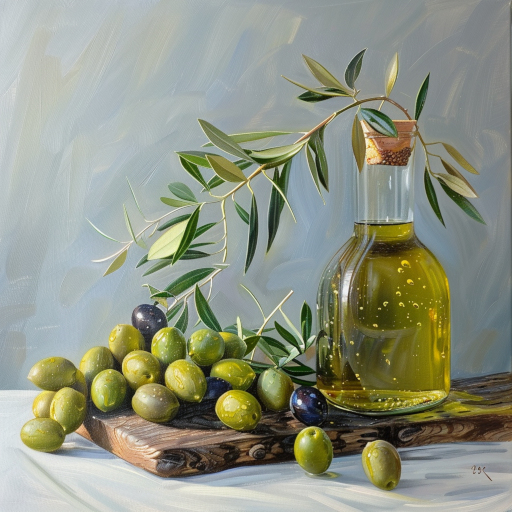
7. Garlic – Ward Off More Than Just Vampires Garlic doesn’t just scare off vampires; it also sends inflammation running for the hills. This pungent bulb can boost your immune system and reduce inflammation markers in your body. Whether you mince it, dice it, or press it, adding garlic to your meals isn’t just good for flavor—it’s a full-blown assault on inflammation. It’s like adding a little bit of magic to each dish, the kind that makes inflammation disappear.
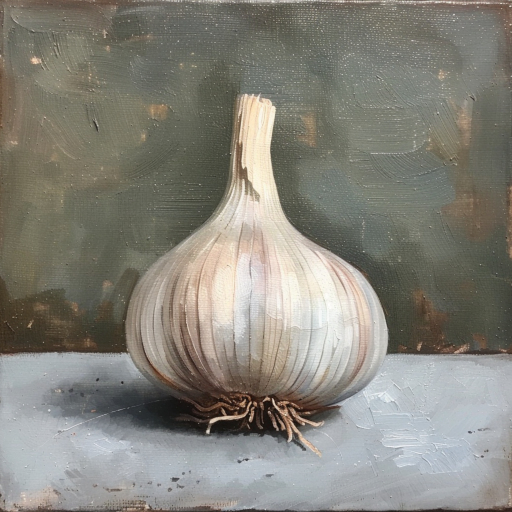
8. Ginger – The Root of All Recovery Ginger isn’t just for calming stomachs; it’s a root with serious kick when it comes to battling post-exercise inflammation. Whether it’s in a stir-fry, steeped as tea, or blended into your morning smoothie, ginger adds a zing that not only tastes great but also reduces muscle pain and soreness. It’s like having your own personal trainer in the kitchen, helping you stretch out the aches and pains.
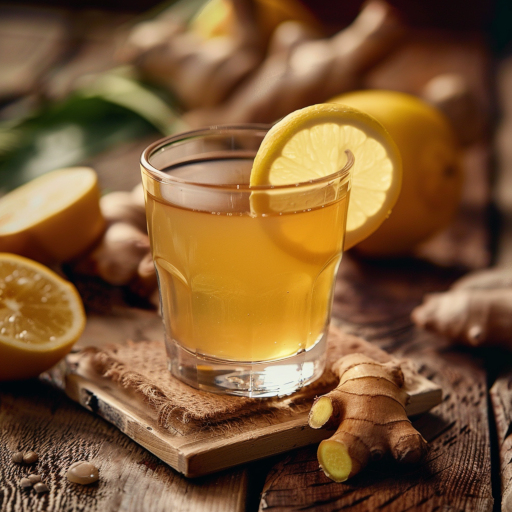
9. Sweet Potatoes – The Sweet Spot of Recovery Sweet potatoes aren’t just Thanksgiving favorites; they’re year-round superheroes for your health. Packed with complex carbs, fiber, and antioxidants, they provide the energy and nutrients needed for effective recovery. Their high vitamin A content helps fight inflammation. Bake, mash, or slice and roast—sweet potatoes bring the comfort of home-cooked meals and the power-packed punch of anti-inflammatory benefits.
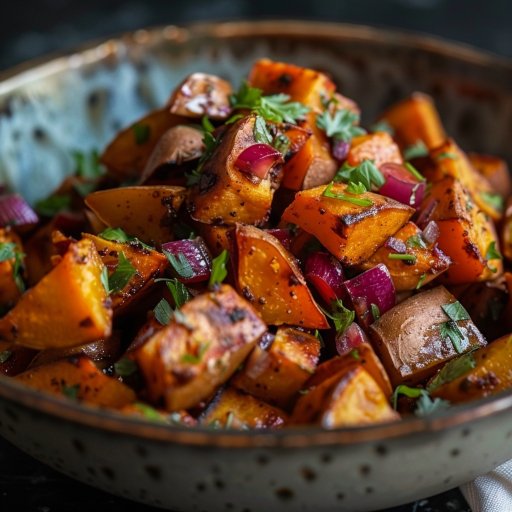
10. Tomatoes – The Round Red Recovery Balls Tomatoes are not just a staple in salads but also a great friend in the fight against inflammation. Rich in lycopene, an antioxidant that gives them their red color, tomatoes can help reduce inflammation in the lungs and throughout the body. Whether fresh, stewed, or sauced, tomatoes add a splash of color and an arsenal of health benefits to any meal.
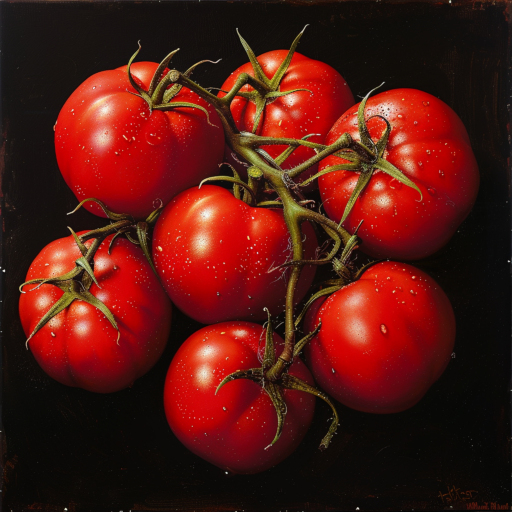
11. Pineapple – Tropical Healing Pineapple isn’t just a tropical treat; it’s a treasure trove of bromelain, an enzyme that may help manage inflammation, reduce swelling, and improve recovery from injuries. Adding a slice or two of pineapple to your diet can not only transport your taste buds to a tropical island but also help keep inflammation at bay. It’s like a mini-vacation with every bite, soothing sore muscles with its juicy goodness.
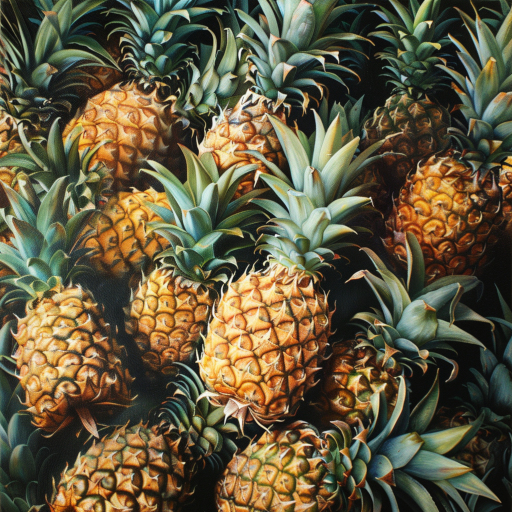
12. Whole Grains – The Grain Train to Recovery Whole grains like brown rice, oatmeal, and whole-wheat bread are the unsung heroes of the anti-inflammatory diet. They’re packed with fiber, which helps reduce levels of C-reactive protein, a marker of inflammation in the blood. Integrating whole grains into your meals is like laying down tracks for the recovery train—steady, sustaining, and leading you back to full strength.
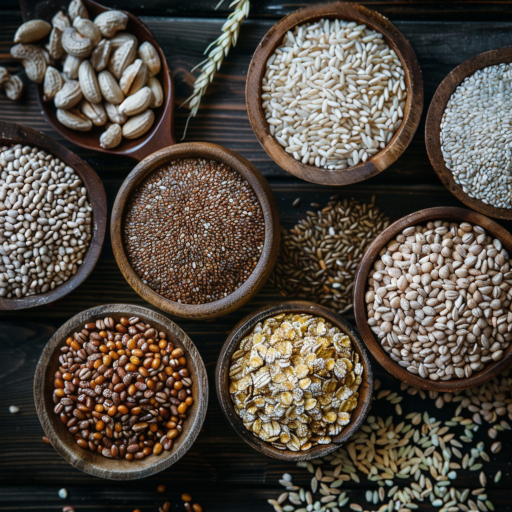
Integrating These Foods into Your Active Lifestyle
Combining these anti-inflammatory foods can create powerful synergies. Imagine starting your day with a ginger-pineapple smoothie, enjoying a salad drizzled with olive oil at lunch, and ending with a dinner featuring garlic salmon and a side of sweet potatoes. It’s not just a meal plan—it’s a recovery plan.

In the grand buffet of life, each of these foods brings something unique to the table—flavor, nutrients, and a natural way to combat inflammation. Remember, eating well is a form of self-respect, and every meal is an opportunity to nourish not only your body but also your spirit. So, keep it colorful, keep it spicy, and keep enjoying the delicious journey to recovery!
How to Incorporate These Foods Into Your Diet

Smoothie Time Start your day or recover from your workout with a power-packed smoothie. Blend some berries, a banana for sweetness, a handful of spinach, a tablespoon of ground flaxseed, and a cup of almond milk for a delicious, anti-inflammatory boost.
Salad Days Whip up a mega salad with mixed greens, sliced almonds, chunks of grilled salmon, and a generous helping of
blueberries and raspberries. Dress it with a simple vinaigrette of olive oil and lemon juice to keep things fresh and light.

Spice Things Up Golden milk is a delightful way to get your turmeric in. Heat a cup of coconut milk with a teaspoon of turmeric, a pinch of black pepper, and a dash of honey. This warm drink not only soothes the soul but also your muscles.
Snack Smart Keep a stash of mixed nuts and dried berries on hand for a quick snack. It’s like having your own trail mix that fights inflammation while you’re on the go!
Conclusion: A Delicious Recovery
Eating to recover doesn’t have to be a bland or burdensome affair. With these foods and tips, you’re not just replenishing your body; you’re also delighting your taste buds. Remember, every meal is a step toward recovery, and with these anti-inflammatory champions in your diet, you’ll be back in the game in no time—feeling stronger, healthier, and maybe even a little happier. After all, who wouldn’t be happy eating this well?

So, gear up, get cooking, and let your food be your medicine. Just imagine, with each bite, you’re telling inflammation, “You’re not invited to this party!” Keep it tasty, keep it fun, and keep recovering with joy!

